ALSO BY PHILIP DRAY
Capitol Men: The Epic Story of Reconstruction Through the Lives of the First Black Congressmen
Stealing Gods Thunder: Benjamin Franklins Lightning Rod and the Invention of America
At the Hands of Persons Unknown: The Lynching of Black America
We Are Not Afraid: The Story of Goodman, Schwerner, and Chaney, and the Civil Rights Campaign for Mississippi
(with Seth Cagin)

DOUBLEDAY
Copyright 2010 by Philip Dray
All rights reserved. Published in the United States by Doubleday, a division of Random House, Inc., New York, and in Canada by Random House of Canada Limited, Toronto.
www.doubleday.com
DOUBLEDAY and the DD colophon are registered trademarks of Random House, Inc.
constitutes an extension of this copyright page.
LIBRARY OF CONGRESS CATALOGING-IN-PUBLICATION DATA Dray, Philip.
There is power in a union : the epic story of labor in America / Philip Dray.1st ed.
p. cm.
1. Labor unionsUnited StatesHistory. 2. Labor movementUnited StatesHistory. 3. IndustrializationSocial aspectsUnited StatesHistory. 4. United StatesSocial conditions. I. Title.
HD6508.D73 2010
331.880973dc22
2010002357
eISBN: 978-0-385-53360-7
v3.1
For my sister Alison
There is powr, there is powr
In a band of workingmen.
When they stand, hand in hand.
Thats a powr, thats a powr
That must rule in every land
One Industrial Union Grand.
Joe Hill, There Is Power in a Union

CONTENTS

CHAPTER ONE
THE OPPRESSING HAND OF AVARICE
CHAPTER TWO
HELL WITH THE LID OFF
CHAPTER THREE
WE MEAN TO HAVE EIGHT HOURS
CHAPTER FOUR
PULLMANS TOWN
CHAPTER FIVE
INDUSTRIAL DEMOCRACY
CHAPTER SIX
WE SHALL BE ALL
CHAPTER SEVEN
DYNAMITE
CHAPTER EIGHT
LET US HAVE PEACE AND MAKE CARS
CHAPTER NINE
SPIES, CROOKS, AND CONGRESSMEN
CHAPTER TEN
IF AMERICAS SOUL BECOMES POISONED
CHAPTER ELEVEN
A TIME FOR CHOOSING

INTRODUCTION

T HERE WAS NO WORK, AND NEW YORK CITYS unemployed were desperate for food, coal, the means to pay the rent and provide milk to the children. The trouble had started a few months before, in September 1873: a sudden financial panic. The brokerage firm of Jay Cooke and Company went first, then all of Wall Street collapsed, taking with it banks and investments, fortunes, jobs. On the chilly morning of January 13, 1874, they huddled fifteen thousand strong in Tompkins Square to demand government relief and public jobs. Stamping their feet to stay warm, they smoked and waited. Speeches were to be made. Mayor William Havemeyer, who knew of their difficulties, had agreed to address them.
But something was wrong: police on horseback had appeared at the edge of the square, sent by city officials worried about the large number of people whod recently taken to marching in the streets. Fear had been stoked by the newspapers, which described the protestors as reds and Communists and warned that they might revolt.
Certainly those in Tompkins Square had done their cause little good by naming their coordinating group the Committee of Safety, a phrase borrowed from the Commune as well as the French Revolution. Nor had they set civic minds at ease a week earlier, when on January 5 a delegation from the Lower East Side visited city hall. There they asked for work on municipal projects such as street-paving, an advance of either money or food for the poorest families, and a temporary ban on evictions. When the aldermen offered no immediate remedies, some of the unemployed in anger offered to throw those whelps out of the windows, and threatened to go all the way to the legislature in Albany and throw officials out of the windows there as well. And so the authorities had had second thoughts about the gathering in Tompkins Square; they had canceled Mayor Havemeyers speech and withdrawn the permit for the rally. No one, however, had informed the events organizers.
The police commissioner, Abram Durye, strode into the park to order the crowd to disperse, a squad of officers walking behind him and using their batons to prod the reluctant. Two German workers who resented being shoved struck back, prompting police on horses to enter the square. The crowd panicked and rushed to the gates, but the pathways were narrow and the horsemen came on swiftly, charging like Cossacks, one Russian immigrant recalled, swinging their clubs and chasing the protestors out of the square and through the nearby streets as far as the Bowery. There were injuries from the policemens blows and numerous arrests.
One group of organizers hurried to city hall. All we want is work! they assured the mayor.
When industry appeared in the United States in the early years of the republic, the country dared hope that its democratic virtues would forge sufficient regard between labor and capital that scenes like Tompkins Square would never come to pass. Now the police, with the use of unnecessary force, had added to the workers outrage by denying their right to free speech and assembly. What citizens were those who wanted to meet on Tompkins Square on the 13th of January? demanded Augusta Lilienthal of the German Free-Thinkers Union at a public meeting convened two weeks later at Cooper Union. They were a portion of positively the best class of our citizens. They were the true taxpayers. They were working men! (Cheers.) They had assembled to ask for work, and for that they were knocked down! (Hisses.) What a condition of affairs is this?
A Dr. Emil Hoeber spoke in answer, noting that although favorable auspices had attended the long-ago founding of the nation, now the country is situated as if placed atop a volcano, the present circumstances tending to make some rich while consigning hundreds of thousands to permanent poverty. There must, sooner or later, be a change.
The audience understood these allusions all too wellslavery, the division of classes, of bosses and laborers, of haves and have-nots. The hint of impending strugglethat, too, had a familiar ring. A generation earlier the country had been warned that an irrepressible conflict was coming, a titanic struggle over the issue of slavery. The result had been civil war more devastating than anyone had imagined, a trauma from which recovery was yet incomplete. Would another such irrepressible
I N THE CROWD IN TOMPKINS SQUARE had been two men destined for far different roles in the nations labor struggle. Samuel Gompers, a twenty-three-year-old member of a New York cigar makers union, had fled the police charge and narrowly avoided a crack over the head by diving into a cellar stairway. Justus Schwab, a resident of the Lower East Side, had reentered the park after the police had cleared it and raced across the grounds waving a red flag. Tackled and taken into custody, he was brought to the nearest precinct house, where, to the annoyance of the arresting officers, he defiantly began singing La Marseillaise.


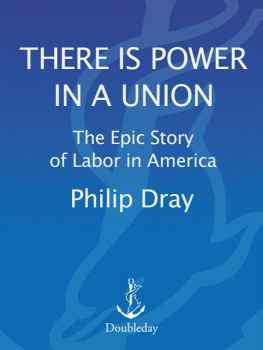
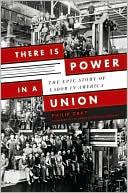
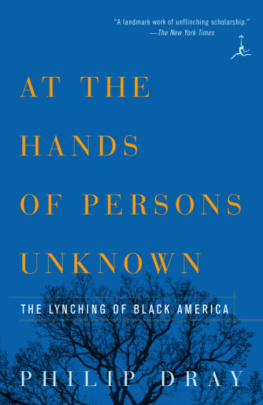

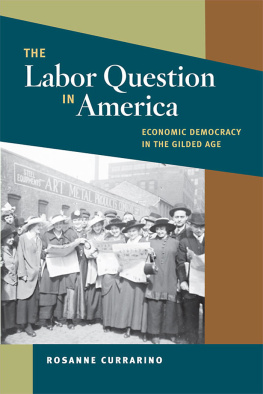

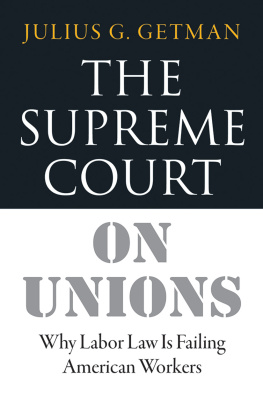
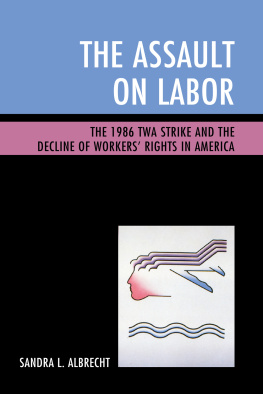
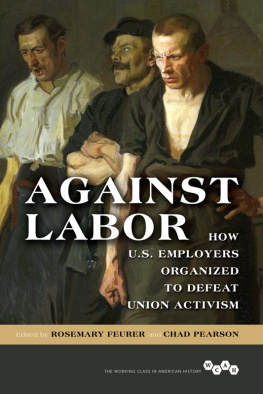
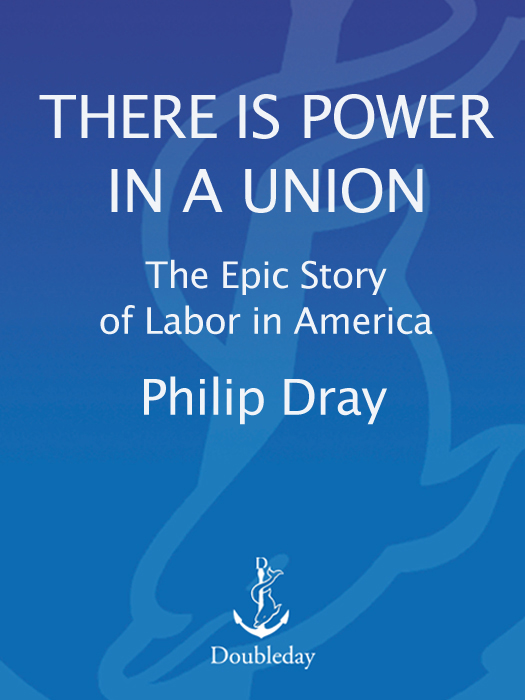


 CONTENTS
CONTENTS